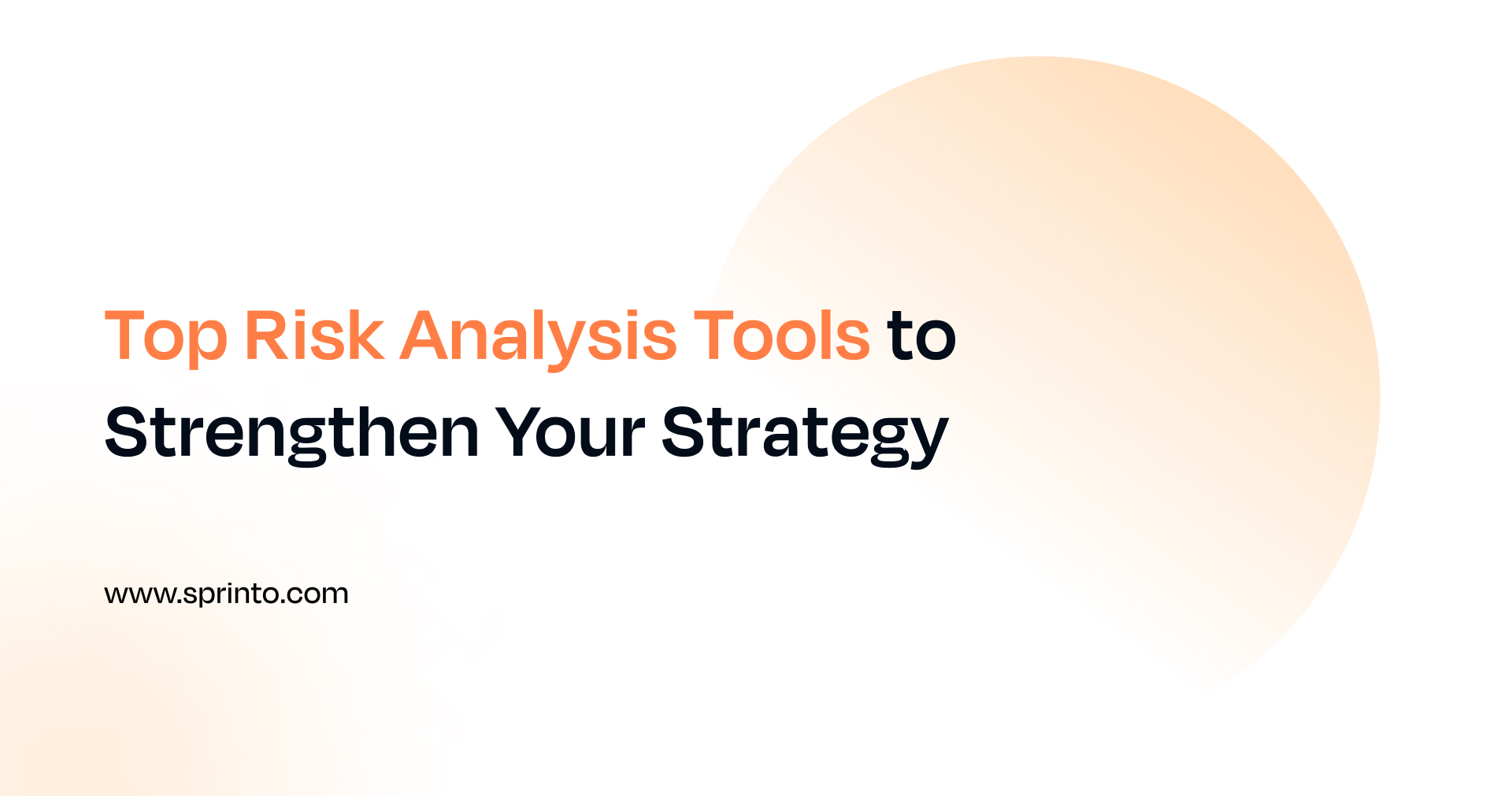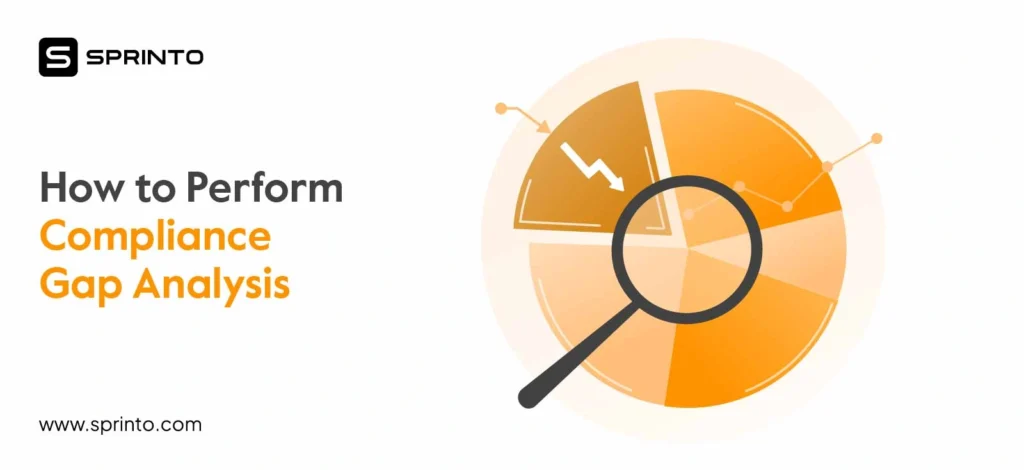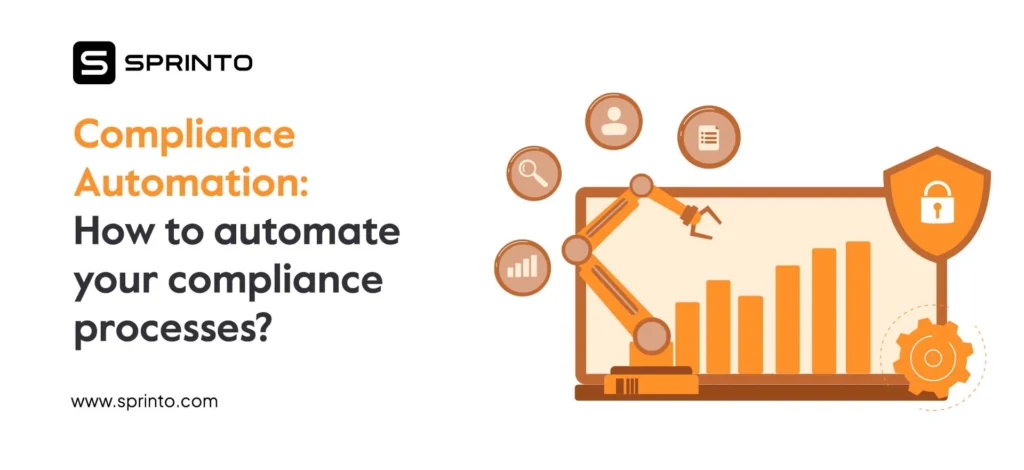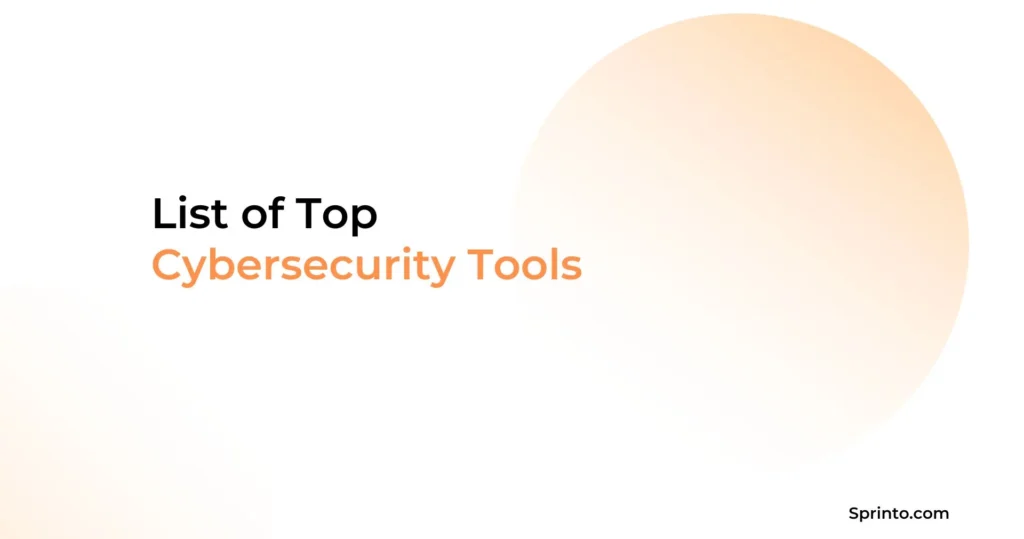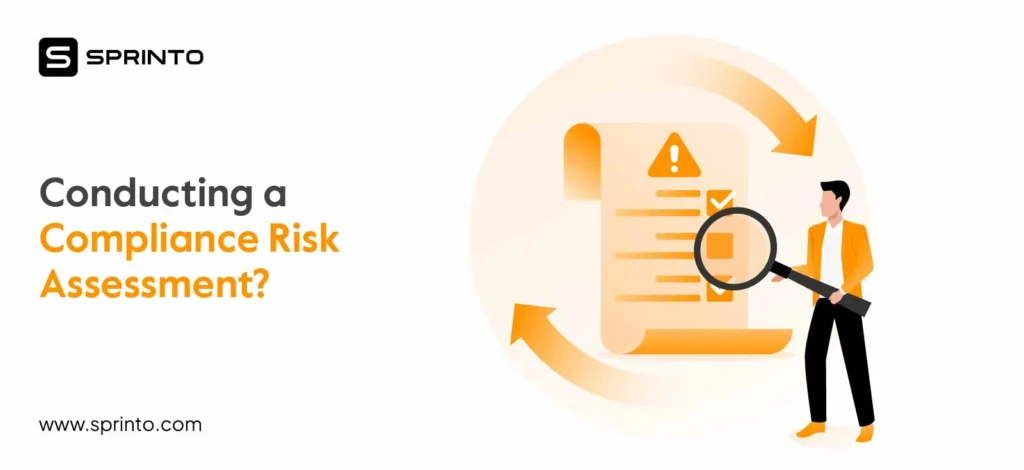What is risk analysis? Quite the umbrella term, exposure to risk is a fact of life for every organization, from the smallest solo business proprietor to multinational giants. Risk involves everything from geopolitical developments and global inflation to scams and fraud targeting your company.
Structured risk management, for the vast majority of organizations, is either recommended or necessary in order to minimize losses as well as boost their potential.
As per McKinsey, Seventy percent of senior managers are planning to adopt digital risk management, highlighting the need for risk management software to maintain the resilience of a company.
So, how do you select risk management software? What are your considerations, and which frameworks are relevant to your industry?
In this article of ours, we will share insights into the best risk analysis tools in 2024 as well as how you can conduct a risk analysis on your own.
What are risk analysis tools?
Risk analysis tools, also known as “risk assessment techniques,” are frameworks or procedures that can be used in the process of assessing as well as managing potential threats and risks. There are a number of ways to assess risk, making risk assessment tools easy to use and flexible for a variety of jobs, industries, and needs.
There are four commonly adopted risk assessment tools across different businesses, and they are easily applicable to different situations. These tools are:
- Failure Mode and Effects Analysis (FMEA)
- Risk matrix
- Bowtie Model
- Decision Tree
By the year 2027, with a growth of 18.7% over seven years, the risk management market is estimated to reach $28.87 billion in value, as per Allied Market Research.
List of best risk analysis tools
Conducting a risk analysis on your own can be tricky. Risk assessment software and risk management tools are gaining momentum as more organizations are looking to automate risk analysis and compliance needs. We have compiled a list of the best risk analysis tools in 2023 to guide you in choosing the tool that best fits your requirements.
The 10 Best Risk Analysis Tools in 2025:
1. Sprinto
Sprinto is a powerful compliance software that seamlessly integrates with your cloud setup to consolidate risk, run fully automated checks, and map entity-level controls – all in real-time, all on its own. The platform offers air-tight security compliance programs and enables you to monitor as well as manage all aspects of compliance from a single dashboard.

Sprinto automates continuous monitoring by harnessing the power of smart monitoring and data-driven analytics without impacting your workflow! Track security and compliance efforts with automated evidence collection while getting complete real-time visibility into your entire organization. Sprinto also enables you to maintain a single source of compliance truth, prove practice maturity, and report accurately.
G2 has consecutively recognized Sprinto as Leader of Security Compliance for four consecutive quarters and was the leader in G2’s Spring 2023 review across 8 different categories.
Sprinto Features:
- Continuous control monitoring-Sprinto is well-oiled and geared up for real-time monitoring of security controls – at scale as well as right down to the entity level
- Vulnerability and Incident Management– Manage, as well as document security incidents and vulnerabilities with prompt actions to produce proof of corrective measures in a way that helps with audits.
- Role-based access secures the operating environment proactively by controlling and defining segregated duties
- Systematic escalations-Sprinto divides up tasks in a rule-based, organized manner across team members in a clear order of priority –failing, due, and critical– to ensure smooth remediation while maintaining the status quo.
- Shareable security posture-Provide a comprehensive account of your security policies, measures, and compliances to give your stakeholders
- Modular security training programs– Inbuilt security awareness training modules for various compliances.
- 100% async audit– Connect and coordinate with an external auditor directly from your dashboard.
- Automation-led compliance-Framework-specific workflows, training modules, and policy templates for different security compliances.
- Maximum integrations– Compatible with almost any modern day cloud services
- Expert-led implementation- Experts at Sprinto will guide you along every step of your cybersecurity journey.
| Pricing | Contact Sprinto for more details |
| Platforms supported | Web, Windows, iOS, & Android |
2. RiskOptics
RiskOptics, formerly known as Reciprocity, is a platform that enables organizations to manage operational risks in a strategic way. This platform helps businesses, through powerful risk solutions, make more informed and smarter decisions about potential risks.
Reciprocity also safeguards your enterprise, system, assets, and data with timely responses.

RiskOptics Features:
- Customizable Risk Calculations
- Risk Assessment
- Compliance Management
- Cybersecurity Risk Management
- Risk Monitoring
- Enterprise Risk Management
- Process/Workflow Automation
- Operational Risk Management
| Pricing | The free version is not available Contact the vendor for more details |
| Platforms supported | Web |
3. OneTrust
OneTrust is a cloud-based platform that measures and establishes a business’s compliance with regulatory requirements to minimize risk exposure while securing data privacy. As a risk management platform, OneTrust also helps monitor, access, and mitigate both external and internal risks to safeguard businesses.

OneTrust Features:
- Incident Management
- Risk Analysis
- Third-Party Risk Management
- Enterprise and Operational Risk Management
- IT & Security Risk Management
- Unified Data Discovery Tool
- Risk-Based Audit Approach
- Third-Party Risk Exchange
| Pricing | Free tools with a 14-day free trial Contact the vendor for more details |
| Platforms supported | iOS, Windows, Android, & Web |
4. MetricStream
MetricStream is a purpose-built platform and an integrated risk management solution that enables businesses to implement a systematic approach while managing operational risks. Gain a sound assessment of risks through a data-driven solution and prioritize them accordingly.

MetricStream Features:
- Regulatory Compliance
- Third-Party Risk Management
- Governance, Risk, and Compliance
- Integrated Risk Management
- Environmental, Social & Governance (ESG)
- Internal Audit and Financial Controls
- IT Vendor Risk Management
- Enterprise and Operational Risk Management
| Pricing | The free version is not available Contact the vendor for more details |
| Platforms supported | Web |
5. Fusion Framework System
Fusion Framework is a risk management platform that offers highly customizable and flexible tools, thus enabling users to minimize risks and simplify their operational complexity. Fusion offers the advantage of data-driven risk insights and allows teams to leverage in-app capabilities that are tailored to their business and industry needs.

Fusion Framework System Features:
- Control Management and Risk Mitigation
- Risk Identification
- Risk Program Management
- Third-Party Risk Management
- Risk Analysis and Situational Monitoring
- Quality Management, Risk Remediation, and Testing
- Risk Tolerance and Appetite
- Security Risk and Information Technology
| Pricing | The free version is not available Contact the vendor for more details |
| Platforms supported | iOS, Windows, Android, & Web |
6. Diligent
Diligent, formerly known as Galvanize, is an Enterprise Risk Management (ERM) solution that offers advanced risk-managing capabilities and flexible workflows. This platform is designed to boost efficiency across the entire lifecycle of risk management—from planning and execution up to reporting. Diligent also lets users customize their ERM to fulfil the organization’s unique requirements.

Diligent Features:
- Audit Management
- Risk Identification
- Integrated Risk Management
- Third-Party Risk Management
- Risk Evaluation
- Enterprise Risk Management
- Internal Controls Management
- IT Risk and Cyber Risk & Compliance Management
| Pricing | The free version is not available Contact the vendor for more details |
| Platforms supported | iOS, Windows, Android, & Web |
7. Resolver
Resolver is a user-friendly risk management solution that enables allows businesses to assess risks and evaluate the impact of mitigation plans. Resolver also equips businesses with configurable solutions that enable them to make smart, quick, and effective decisions while integrating them into their business strategies.

Resolver Features:
- Incident Management
- Risk Assessment
- IT Risk Management
- Ethics and Compliance Management
- Enterprise Security Risk Management
- Risk Analytics
- Vendor Risk Management
- Data-Driven Risk Insights
| Pricing | The free version is not available Contact the vendor for more details |
| Platforms supported | Web |
8. SafetyCulture (formerly iAuditor)
SafetyCulture is a digital platform that businesses can implement as risk management software. One of the most popular mobile risk management apps, firms from every industry can revamp their risk assessment program and further engage the staff in conducting risk-related activities. Aside from offering a user-friendly interface, SafetyCulture provides an extensive library of learning resources that businesses can utilize to help their employees use the mobile app more securely.

SafetyCulture Features:
- Offers clear, smart, and interactive risk inspection checklists to help identify, analyze, and prioritize risks.
- Identify critical issues and implement corrective actions.
- The Analytics dashboard helps define key indicators, rectify issues, and visually monitor risk status.
- Create reports with accurate and real-time data for time-sensitive actions and changes.
- Heads Up and Sensors features automates emergency alerts and notifications.
- Ensure and maintain compliance with various regulatory requirements such as environmental, FDA or Food and Drug Administration, ISO or International Organization for Standardization, and OSHA or Occupational Safety and Health Administration compliance.
- Leverages your platform ecosystem and offers seamless integrations with your organization’s existing tools.
- Build efficient workflows for cohesive and comprehensive management of risks.
- Share compliance documents and enable your team to complete audits directly by modifying access levels accordingly.
- Save current and historical data in a central location which serves as the basis for future decisions to minimize risks from severely affecting your business.
| Pricing | Free: For under 10 employees Premium plan: $24/month |
| Platforms supported | web-based software or mobile app (iOS and Android) |
9. Onspring
Onspring is a risk management software that organizations can utilize to gain effective insights about potential operational risks while centralizing all relevant data in one place. Organizations can assess, identify, and prioritize risks through this cloud-based platform and align solutions with business objectives.

Onspring Features:
- Reporting/Analytics
- Workflow Management
- Interactive Risk Dashboards
- Third-Party Risk Assessment
- Third-Party Integrations
- Automated Risk Assignment
- Risk Assessment
| Pricing | The free version is not available Contact the vendor for more details |
| Platforms supported | Web |
10. SAI360
SAI360 is a cloud-based software that allows organizations to implement the cybersecurity program across their team easily and lets users automate their risk management, contingency plan for disasters, and compliance activities. This innovative and purpose-built platform also enables organizations to configure their in-app experience by utilizing flexible modules and industry-based solutions for improved risk management.

SAI360 Features:
- Powerful Workflows and Interactive Interface
- Risk Identification
- Indicators Monitoring
- Risk Assessment
- Cybersecurity & IT Risk Management
- Risk Dashboard and Analytics
- ESG Risk Management
- Compliance Management
| Pricing | The free version is not available Contact the vendor for more details |
| Platforms supported | Web |
How to perform risk analysis?
To conduct a risk assessment, you need to identify potential risks, understand who or what could be impacted, analyze the severity and likelihood of each risk, evaluate existing controls, document your findings, and regularly review and update the assessment.
Want to put your risk analysis and compliance on auto-pilot? Get in touch with our experts to learn more.
To conduct a risk assessment, organizations need to take the following steps:
- Identify threats, risks, and vulnerabilities.
- Understand the impact of these vulnerabilities, threats, and risks on the organization.
- Create or use an existing model for risk analysis.
- Sample the model to have a better understanding of the vulnerabilities, threats, and risks.
- Analyze the findings obtained from the above steps.
- Put a risk management plan in place to mitigate the vulnerabilities, threats, and risks based on the outcome of the risk analysis.
Typically there are two kinds of risk analysis available to organizations: quantitative risk analysis and qualitative risk analysis. The analysis itself should look out for two main factors: probability and impact. Probability defines what is the likelihood of an event occurring; impact is the operational, financial, or reputational damage of that event to your organization. Risk assessment templates can be used to calculate the likelihood of occurrence, risk probability, risk severity, organizational risks, risk level, and risk ratings, among others.
Qualitative risk analysis
Most organizations begin their risk journey qualitatively. It’s familiar, fast, and easily understood across departments. Instead of complex numbers, this approach relies on expert judgment to assess how likely a risk will occur and how damaging it would be if it did. Teams assign values like “Low,” “Medium,” or “High” to both likelihood and impact, often plotting the result on a heatmap for visual prioritization.
But qualitative analysis is inherently subjective. One person’s “high” might be another’s “moderate.” Without consistent criteria or oversight, it can become a guessing game, especially when risks cross domains, like a cybersecurity event that could cascade into reputational or legal fallout. You can’t compare apples to oranges if everyone defines “apple” differently.
That said, qualitative methods are sufficient for many risk programs, especially those aligning with standards like ISO 27001 or SOC 2.
Quantitative risk analysis
In contrast, quantitative analysis introduces a layer of mathematical discipline. Here, risks are not just categorized—they’re calculated. Using metrics like probability, exposure, and financial impact, teams estimate the expected annualized loss or model different scenarios to understand worst-case outcomes.
This approach is especially powerful when leadership needs to make tradeoffs. Should we invest $300,000 in a new control to mitigate a $200,000/year risk? Is the exposure from a third-party vendor breach significant enough to justify a contract renegotiation? Quantitative analysis makes these questions legible to finance and executive teams. It doesn’t just describe risk—it translates it into the language of money and consequences.
But with that rigor comes complexity. Quantitative models require reliable inputs, historical data, and often specialized knowledge to avoid false precision.
Why are risk analysis tools important?
Risk management software offers far more than a centralized database for tracking threats. It enables organizations to move from reactive firefighting to a proactive, structured approach to identifying, assessing, and mitigating risks across departments. In today’s complex business environment, where operational disruptions, regulatory scrutiny, and third-party dependencies can all introduce critical vulnerabilities—risk management software provides the foundation for smarter, faster decisions.

Advanced manipulation of data
Complex statistical and analytical methods translate big data into simplified, actionable insights.
Proactive risk strategy
Automation of risk management enables you to be more proactive, implementing better defenses for minimizing impact.
A culture of transparency
The granular transparency linked to recording, monitoring, and auditing risk events aids in awareness and accountability company-wide.
Faster response
Automating risk management enables quicker response time as well as more efficient mitigation overall.
Improved prioritization:
You can choose to funnel your resources more accurately by evaluating and prioritizing risk, thus minimizing loss on several fronts.
Better organization:
Risk management software helps use swathes of data as you scale up, centralizing top-level information while providing a better overview of risk operations.
Metrics and reporting:
Gaps in defenses and risk strategy are highlighted by actionable figures and reports, so you can keep up with the threat and risk landscape as you go.
Frameworks related to risk analysis
Risk Analysis frameworks and standards are designed to clarify parts and provide guidance in the risk management process. Some include:
- Guide for Conducting Risk Assessments, Rev. 1, Special Publication 800-30, from NIST or National Institute of Standards and Technology.
- ISO/IEC 27001:2013, Information Security Management from ISO or International Standardization Organizations; supplemented with ISO/IEC 27005:2018, Information Technology – Information Security Risk Management-Security Techniques.
Collectively, these frameworks provide a collection of best practices as opposed to a singular perspective to cyber risk management, risk analysis, and risk assessment. Any one of them will serve a business well. Moreover, there is a lot of overlap within each of these frameworks.
Automate risk compliance with Sprinto

Risk analysis is the need of the hour to safeguard your organization. Conducting a risk analysis manually can be a tedious task, and you may not receive the most accurate insights into your organization’s cybersecurity posture.
We are here to help.
Sprinto offers comprehensive security for your organization while seamlessly integrating with your cloud setup to run fully-automated checks, consolidate risk, and map entity-level controls. A user-friendly yet powerful software, Sprinto helps you get compliant across frameworks, place security controls across your organization, and monitor your cybersecurity posture in real time, all from a single dashboard.
Get in touch with our experts to learn more.
FAQs
What are the three methods of risk analysis?
There are three ways to determine the level of risk of our business. The methods can be: Quantitative Methods – Qualitative Methods – Semi-quantitative Methods.
What is the main technique of risk analysis?
There are two main ways to conduct risk analysis. Qualitative risk analysis is an easier and more convenient method where it rates or scores risk based on the perception of the likelihood and severity of its consequences. On the other hand, quantitative risk analysis calculates risk based on available data.
What are the three 3 approaches to risk management?
We can classify risk management practices into one of three broad categories: access to operational hedging, external finance, and financial hedging with derivatives.
Why is it important to use risk assessment tools?
Risk assessment tools help organizations identify potential threats early, evaluate their potential impact, and take action before they escalate into costly incidents. Instead of relying on static spreadsheets or ad-hoc reviews, these tools offer structured workflows, real-time visibility, and automated reporting, making it easier to manage compliance, assign ownership, and ensure accountability across teams. Ultimately, they reduce uncertainty, improve decision-making, and help build a more resilient business.
Who should use risk management software?
Risk management software is for any function responsible for protecting the organization’s operations, assets, or reputation. That includes IT, legal, finance, HR, and executive leadership. Whether responding to regulatory requirements, managing third-party vendors, or improving audit readiness, the right software helps coordinate risk ownership across departments and align everyone around a single source of truth.
How do you select risk management software?
Start by assessing your organization’s risk maturity—are you tracking risks informally, or managing them through structured programs across teams? The right software should match your current capabilities while helping you mature over time.
Look for tools that:
- Adapt to your environment: Support your risk categories, workflows, and reporting needs without forcing rigid templates.
- Integrate with your ecosystem: Seamlessly connect with tools like ticketing systems, cloud platforms, and compliance software.
- Support decision-making, not just documentation: Choose platforms that surface insights, assign ownership, and help prioritize actions—not just log issues.
Finally, evaluate the vendor’s reliability. Good support, security awareness, and a roadmap aligned with regulatory evolution are non-negotiables. You’re not just buying a tool—you’re choosing a partner in how your company understands and acts on risk.
Ayush Saxena
Ayush Saxena is a senior security and compliance writer. Ayush is fascinated by the world of hacking and cybersecurity. He specializes in curating the latest trends and emerging technologies in cybersecurity to provide relevant and actionable insights. You can find him hiking, travelling or listening to music in his free time.
Explore more
research & insights curated to help you earn a seat at the table.



